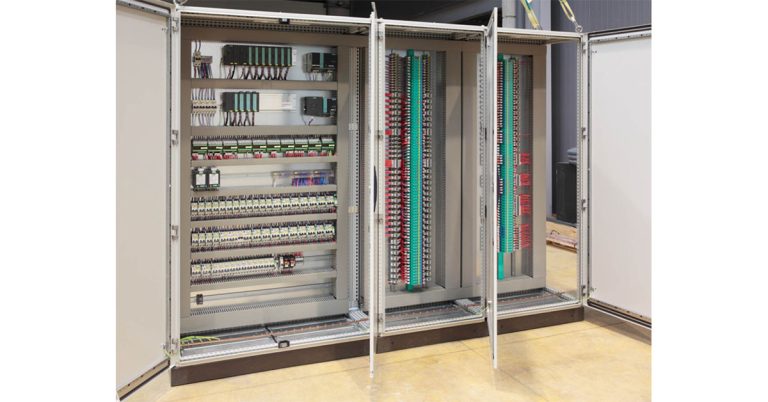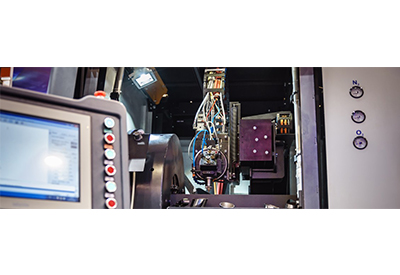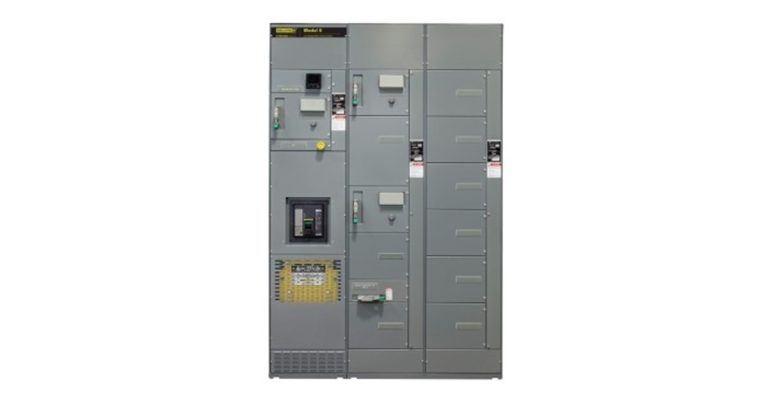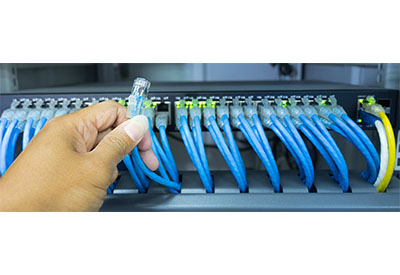The Safety of Electrical Installations in the Times of COVID-19

April 6, 2020
By Ricardo Martín Sobrino – Calculation Engineer at Trace Software International
During these weeks, with the COVID-19 outbreaks, it has been possible to observe how certain facilities (not only hospitals but also hotels, sports centers, libraries …) had to adapt to the emergency state by changing their original design, operation and action protocols, and structural, mechanical, pneumatic and electrical systems. In this following article, we will focus on these three last topics.
The adaptation processes, in addition to the technical requirements of each case, have in common three basic requirements: safety, reliability, and speed of execution.
Safety and integrity in people and electrical systems
Regarding security, facilities must guarantee the safety and integrity of the people, and secondly of the connected infrastructures. In the particularity of electrical systems, special attention must be paid to ensuring that the installations are properly protected, either against failures that cause overloads of any value, whether small or large, such as short circuits, or small failures in the insulation or selection of protections that can cause high contact voltages or current leaks that cause damage to personnel. It would not be acceptable for an adaptation of a system to an emergency measure to cause new problems.
Reliability guarantees the correct supply of electrical service
Speaking in terms of reliability, the new adaptations of the systems must mainly guarantee the correct operation, as well as the supply of the service. In addition to the correct dimensioning, that could take us back to the point of security, it is considered critical, to be able to carry out an installation that guarantees the emergency requirements, for example by using switches to emergency systems such as diesel groups in case of failure in the main supply, or the use of direct current systems powered by batteries, which we can link to UPS (Uninterruptible Power Systems), as well as manage redundancies of these systems.
Speed in the execution of changes in electrical installations
The third point is the speed of execution. In some causes, such as emergencies, operators have just very short amounts of time to apply modification. So, time might be not the best ally.
elec calc
elec calc is the software that calculate and size electrical calculation by minimum requirements of REBT and IEC regulations, among others. the safety of the installation is also guaranteed by the automatic calculation and dimensioning of installation protections. The software also manages the different behaviors that it may have through its scenario manager, which allows, within the same project, the use of different power sources (high voltage, low voltage, direct current), different load levels and any situation that defines an installation configuration. The real-time calculation of balances, short-circuit currents, voltage drops, etc., as well as the rapid generation of reports and single-line diagrams, aided by the ergonomic and intelligent interface and the improved interface of multi-manufacturer catalogs, provide a complete and reliable project, complying with all the corresponding regulations.
![]()
https://www.trace-software.com/blog/the-safety-of-electrical-installations-in-the-times-of-covid-19/











